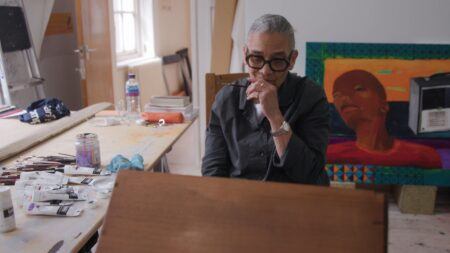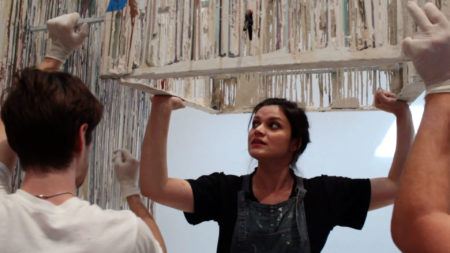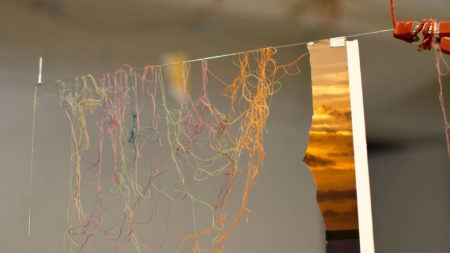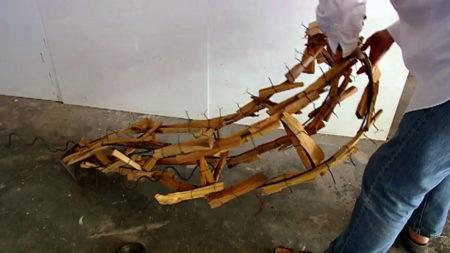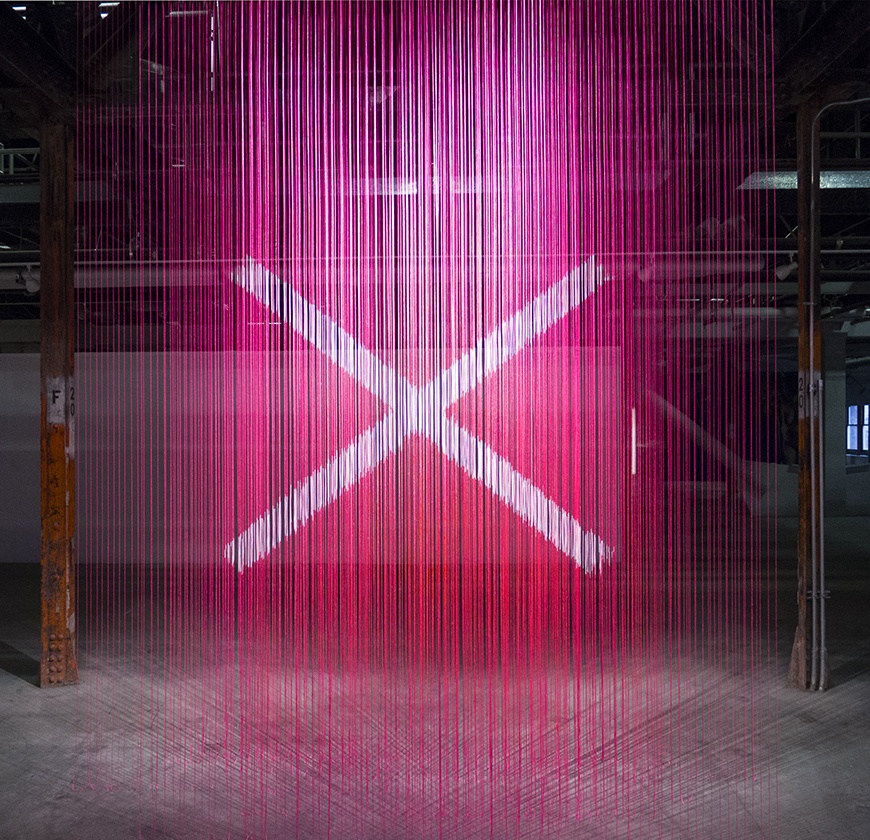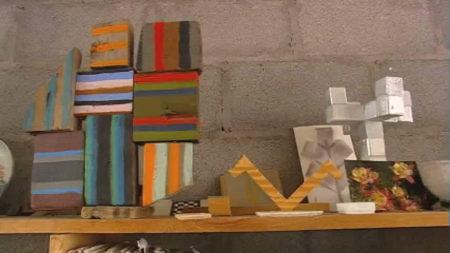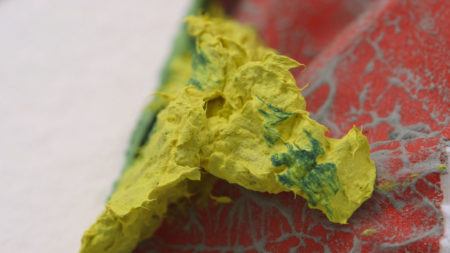Continue playing
(Time remaining: )
Play from beginning
Continue playing "{{ controller.videos[controller.getVideo(controller.currentVideo)].segmentParentTitle}}"
{{controller.videos[controller.getVideo(controller.currentVideo)].title}} has ended.
Reality & IllusionRichard Tuttle
Artist Richard Tuttle installs the work Ten Kinds of Memory and Memory Itself (1973) at the Whitney Museum of American Art, New York.
Credits
Producer: Wesley Miller and Nick Ravich. Interview: Susan Sollins. Camera & Sound: Sam Henriques and Merce Williams. Editor: Jenny Chiurco. Artwork Courtesy: Richard Tuttle. Special Thanks: The Whitney Museum of American Art, New York.
Closed captionsAvailable in English, German, Romanian, Italian, Japanese, Korean, Chinese, Italian
Through the Art21 Translation Project, multilingual audiences from around the globe can contribute translations, making Art21 films more accessible worldwide. Translate this video now.
Interested in showing this film in an exhibition or public screening? To license this video please visit Licensing & Reproduction.
Even when considering his three-dimensional works, Richard Tuttle commonly refers to his art as drawing rather than sculpture—the distinction emphasizing the diminutive scale and idea-based nature of his work. Influenced by calligraphy, architecture, and poetry, he subverts the conventions of modernist sculptural practice by creating small, eccentrically playful objects in humble, fragile materials. Tuttle also manipulates the space in which his objects exist, placing them unnaturally high or oddly low on a wall—forcing viewers to reconsider and renegotiate the white-cube gallery space in relation to their own bodies.
“A lot of my work is about not being able to do something well. It tries to locate itself in a place where appreciation of craft is not necessarily part of the appreciation of the piece.”
Richard Tuttle
Illusion & Abstraction
Mary Heilmann
Sarah Sze
Artist at Work
Richard Tuttle
Richard Tuttle
